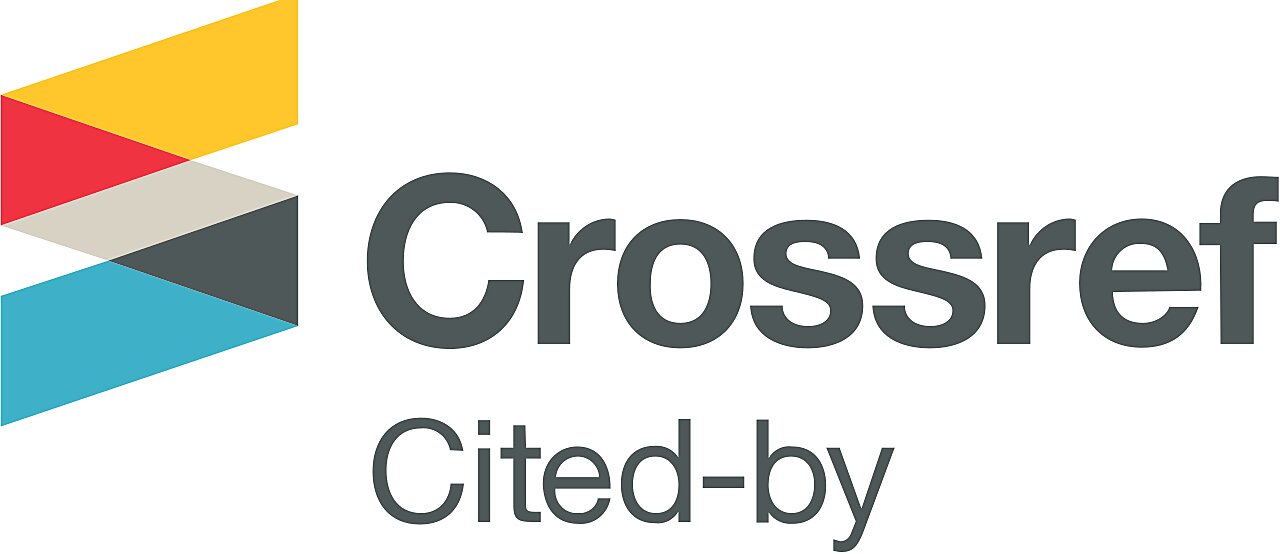
Soil acidity correction: effects on initial coffee growth Corrección de la acidez del suelo: efectos en el crecimiento inicial del café
Keywords

This work is licensed under a Creative Commons Attribution-NonCommercial-NoDerivatives 4.0 International License.
Summary
Soil acidity has been considered a common limiting factor for coffee production in most Colombian regions. The objective of this study was to determine the effect of correcting soil acidity in the initial stage of coffee growth (Coffea arabica L.).The effect of increasing lime doses (0.00 1.25, 2.50, 5.00 and 10.00 g dm-3) in the total dry biomass of plants during the nursery phase (6 months) was determined in five soils representative of the Colombian coffee zone and with pH values <5.2. The application of the treatments allowed to correct the acidity (pH and Al3+) and to increase the contents of Ca2 + and Mg2+ in all the studied soils, with some variations among them. Three of the soils showed an effect of the treatments on the dry matter of the plants, a response mainly related to the increase in pH and the neutralization of Al+3. The strongest growth of the plants (relative yields between 95 and 100%) was associated with the following ranges of soil properties and indicators: pH 4.9-5.7, Ca2+ 5.1-11.2 cmolc kg-1, Mg2+ 0.9-2.1 cmolc kg-1, base saturation 21%-45%, Ca: Mg 4.4: 1-7.4: 1, Ca: K 7: 1-37: 1 , Mg: K 1.4: 1-4.8: 1, Al3+
<1.1 cmolc kg-1 and saturation of Al+3 <12%.
Author biography (See)
References (See)
- Álvarez, V., & Ribeiro, A. (1999). Calagem. En A. Ribeiro, P. Tacitó, & V. Álvarez (Eds.). Recomendação para o uso de corretivos e fertilizantes em Minas Gerais: 5a. aproximação (pp. 43-60). Comissão de Fertilidade do Solo do Estado de Minas Gerais.
- Bear, F.E., & Toth, S.J. (1948). Influence of Calcium on availability of other soil cations. Soil Science, 65(1), 69-74. https://journals.lww.com/soilsci/citation/1948/01000/influence_of_calcium_on_availability_of_other_soil.7.aspx
- Carrillo, I. F. (1985). Manual de laboratorio de suelos. Cenicafé.
- Chaves, J., Pavan, M.A., & Igue, K. (1984). Respostas do cafeeiro à calagem. Pesquisa Agropecuária Brasileira, 19(5), 573-582. https://seer.sct.embrapa.br/index.php/pab/article/view/15714/9728
- Corrêa, J.B., Pereira-Reis, T.H., Pozza, A., Gontijo, P.T., & Guedes, J. (2007). Índice de saturação por bases na nutrição e na produtividade de cafeeiros Catuaí vermelho (Coffea arabica L.). Coffee Science, 2(2), 159-167. https://pdfs.semanticscholar.org/552a/13ccca2a5a05a36e5f83a9ff4f2ed1ff1a10.pdf
- Federación Nacional de Cafeteros de Colombia. (2013). Manual del cafetero colombiano: Investigación y tecnología para la sostenibilidad de la caficultura(Vol. 3). Cenicafé.
- Garcia, A. (1981). Calagem para o cafeeiro. En E. Malavolta, T. Yamada y J. Guidolin (Eds.), Nutrição e adubação do cafeeiro (pp. 103-115). Instituto da Potassa & Fosfato e Instituto Internacional da Potassa.
- Guarçoni, A. (2017). Saturação por bases para o cafeeiro baseada no pH do solo e no suprimento de Ca e Mg. Coffee Science, 12(3), 327-336. http://hdl.handle.net/123456789/9123
- Havlin, J.L., Tisdale, S.L., Nelson, W.L., & Beaton, J.D. (2014). Soil fertility and fertilizers: an introduction to nutrient management (8 ed.). New Jersey: Pearson.
- Kamprath, E. J. (1970). Exchangeable aluminum as a criterion for liming leached mineral soils. Soil Science Society of America Journal, 34(2), 252-254. https://doi.org/10.2136/sssaj1970.03615995003400020022x
- Malavolta, E. (2006). Manual de nutrição mineral de plantas. Agronômica Ceres.
- Pavan, M.A., & Bingham, F.T. (1982). Toxicity of aluminum to coffee seedlings grown in nutrient solution. Soil Science Society of America Journal, 46(5), 993-997. https://doi.org/10.2136/sssaj1982.03615995004600050021x
- Pavan, M.A., Bingham, F.T., & Pratt, P.F. (1982). Toxicity of aluminum to coffee in Ultisols and Oxisols amended with CaCO3, MgCO3 and
- CaSO4.2H2O. Soil Science Society of America Journal, 46(6), 1201-1207. https://doi.org/10.2136/sssaj1982.03615995004600060017x
- Raij, B. (2011). Fertilidade do solo e manejo de nutrientes. International Plant Nutrition Institute.
- Raij, B., Pereira, A., Cantarella, H., & Machado, N., (1983). Alumínio trocável e saturação em bases como critérios para recomendação de calagem. Bragantia, 42(1), 149-156. http://www.scielo.br/pdf/brag/v42n1/13.pdf
- Rodrigues, L.A., Martinez, H.E.P., Neves, J.C., Novais, R.F., & Mendonça, S.M (2001). Growth response of coffee tree shoots and roots to subsurface liming. Plant and Soil, 234(2), 207-214. https://doi.org/10.1023/A:1017999318532
- Rodrigues, L.A., Prieto, H.E., Lima, J.C., Ferreira, R., & Mendonça, S. M. (2006). Respostas nutricionais de cafeeiros Catuaí e Icatu a doses de calcário em subsuperficie. Revista Brasileira de Ciência do Solo, 30(6), 985-995. https://doi.org/10.1590/S0100-06832006000600008
- Sadeghian, S. (2008). Fertilidad del suelo y nutrición del café en Colombia: guía práctica. Boletín Técnico Cenicafé, 32, 1-43. http://hdl.handle.net/10778/587
- Sadeghian, S. (2013). Nutrición de cafetales. En Federación Nacional de Cafeteros de Colombia (Ed.), Manual del cafetero colombiano: Investigación y tecnología para la sostenibilidad de la caficultura (Vol. 2, pp. 85–116). Cenicafé.
- Shoemaker, H.E., McLean, E.O., & Pratt, P.F. (1961). Buffer methods for determination of lime requirement of soils with appreciable amount of exchangeable aluminum. Soil Science Society of America Journal, 25(4), 274-277. https://doi.org/10.2136/sssaj1961.03615995002500040014x
- Suarez, F., & Rodríguez, A. (1956). Aplicación de la cal en cafetos jóvenes. Revista Cafetera de Colombia, 12(129), 4294-4301. http://hdl.handle.net/10778/1108
- Toro, R. (1994). Efecto de dosis crecientes de cal dolomítica en plántulas de café /Coffea arabica/ var. Colombia en invernadero [Tesis de pregrado]. Universidad Nacional de Colombia.
- Valencia, G., & Bravo, E. (1981). Influencia del encalamiento en la producción de cafetales establecidos. Revista Cenicafé, 32(1), 3-14. http://hdl.handle.net/10778/1109
Most read articles by the same author(s)
- Siavosh Sadeghian, Carolina Díaz Marín, Soil acidity correction: soil chemical alterations , Cenicafe Journal: Vol. 71 No. 1 (2020): Cenicafe Journal
- Vanessa Catalina Díaz-Poveda, Siavosh Sadeghian, Efficiency of amendments used to correct soil acidity in coffee crops in Colombia , Cenicafe Journal: Vol. 73 No. 1 (2022): Cenicafé Journal
- Hernán González Osorio, Siavosh Sadeghian, Coffee Yield Response To Split Fertilization , Cenicafe Journal: Vol. 71 No. 1 (2020): Cenicafe Journal







